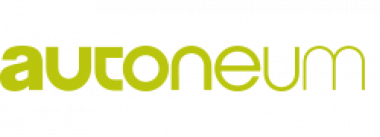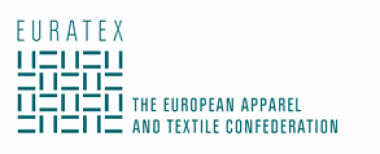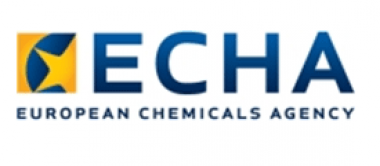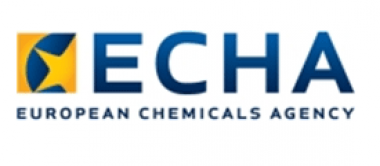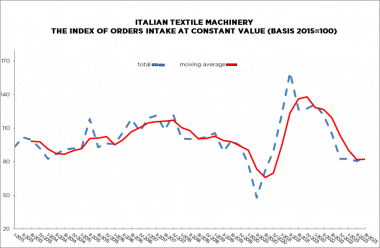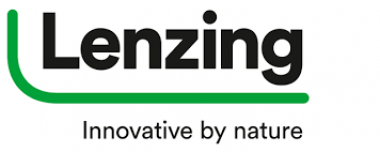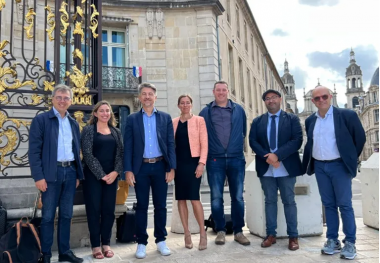GROW: Trends and tradition at the INNATEX
Growth, digitalisation and re-commerce – the forthcoming INNATEX (the international trade fair for sustainable textiles) is devoted to highly topical themes. From 20 to 22 January 2024 at the Messecenter Hofheim Rhein-Main near Frankfurt, over 200 exhibitors will be meeting up with retailers, experts and journalists. The motto for the winter trade fair is GROW, representing the call for sustainable, social and commercial growth that will not be possible without the green fashion movement.
Optimistic expectations despite the challenges
According to Alexander Hitzel, INNATEX Project Manager, and the organisers, MUVEO GmbH, various new trends are opening up that might, if exploited strategically, unlock new business areas. These range from ‘quiet luxury’, travel, internationalism and focused storytelling to services for specific target groups. On the Monday, members of the expert panel will be discussing re-commerce with the Hessen Retail Federation in the Community Lounge.
From storytelling to digital tools – the INNATEX themes
“Second-hand is in fashion,” says Julia Frings of IFH Köln. “Sales of used and recycled products have been on an upward trend for some years now and with the rising importance of sustainability, their relevance will continue to grow. There is great potential in this area for the trade to reach new target groups and expand the range on offer. To be successful, though, it is essential to have a concept tailored to the needs of consumers.”
Alongside Julia Frings of IFH Köln, other Federation panellists will include Steffen Riegel of Hessnatur. The first Lounge Talk at the start of INNATEX will deal with Strategies for Sensible Growth, borrowing from the motto for the fair. This topic will be followed by Fair Wages in the Global South, Storytelling as a Strategy, and Digital Trends.
Brand portfolio and partners of INNATEX
The collaboration with the Hessen Retail Federation, like that with Fashion Changers and Greenstyle Munich, has already proved its worth at previous fairs, as a way of adding variety to a well balanced fair programme. The new collaborative partners include AMD Academy of Fashion and Design (AMD) in Wiesbaden, the Fashion Campus 2030 Initiative and the Enterprise Europe Network (EEN, a network promoting internationalisation among smaller and medium-sized businesses).
The brand portfolio includes fashion for all generations, tastes and occasions. Labels exhibiting for the first time include businesses such as Fuza Wool from Denmark with its high quality traditional knitwear, and the hemp-based accessories of 8000Kicks from Portugal. The DESIGN DISCOVERIES comprise Anfisa Roumelidi, C/OVER and Consci.
Innatex










